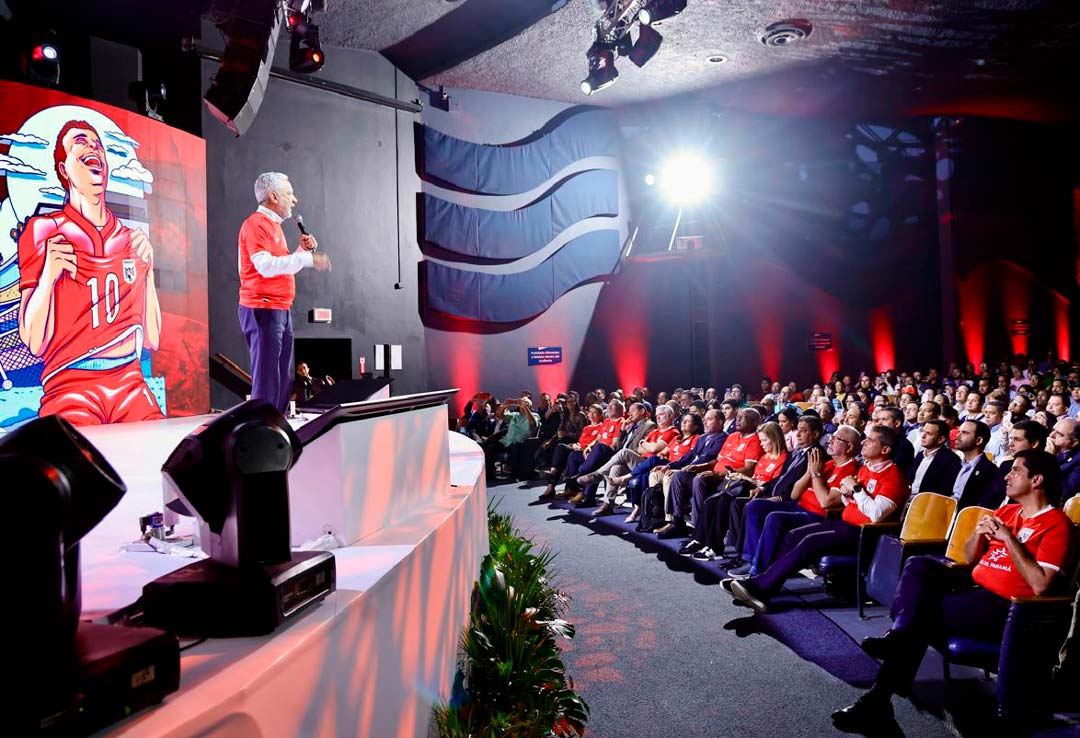Panama 4th on Latin America bribery list

PANAMA sits in fourth place alongside Venezuela in the list of Latin American countries prone to bribery according to a report released by German based Transparency International (TI) on Monday October 9.
Mexico leads the dishonor roll.
The report “People and Corruption: Latin America and the Caribbean” was produced, after interviewing more than 22,000 people in 20 countries in the region, showed that one in three people admitted to paying bribes in basic public services in the last 12 months.
The general perception is that these practices are increasing, and governments do fight them with determination and that almost a third of those who denounce them suffer reprisals.
“The picture of the region is not positive because a large number of citizens think that the situation does not change or has worsened and because many people say that the government is not doing a good role,” said Alejandro Salas, of IT for the Americas.
Mexico is the country where the most respondents affirmed having paid bribes in the study period, with 51% of respondents, followed by Dominican Republic (46%), Peru (39%), Venezuela and Panama(38%).
At the other extreme of the region are Trinidad and Tobago (6 percent), Brazil (11 percent), Argentina (16 percent), Jamaica (21 percent) Chile ) and Costa Rica (24%).
Near the top are Honduras (33%), El Salvador (31%), Nicaragua (30%), Colombia (30%) Guatemala (28%), Ecuador
The differences between this IT survey and its popular Corruption Perceptions Index are mainly because it asks about the “personal experience” of ordinary people, while the latter questions experts.
IT president José Ugaz said that Latin Americans and Caribbean people are “being defrauded” by “their governments, their political class and the leaders of the private sector.”
“The Lava Jato case, which has had a tremendous impact on the region, shows that corruption is widespread. Bribery represents a way of getting rich for a few and a major obstacle to access to key public services, especially for the sectors more vulnerable, “he argued.
Public hospitals are the ones where most bribes have been forced to pay bribes (20%), followed by public schools (18%), identity documents offices (17%), police (16%), public water and electricity services (14%) and courts (12%).
Institutions and at the regional level, are are perceived as “all or almost all corrupt” by 47% of respondents local police (45%), the prime minister or president (43%), judges and magistrates (40%), public employees (37%), entrepreneurs (36%) and religious In Venezuela, 73% of the respondents consider that the police are highly corrupt, the highest percentage in the region, and that in Honduras, 56% of respondents said they had paid a bribe.
Salas points out that rich and poor are similarly affected by corruption, which in relative terms most affects people with lower incomes.





